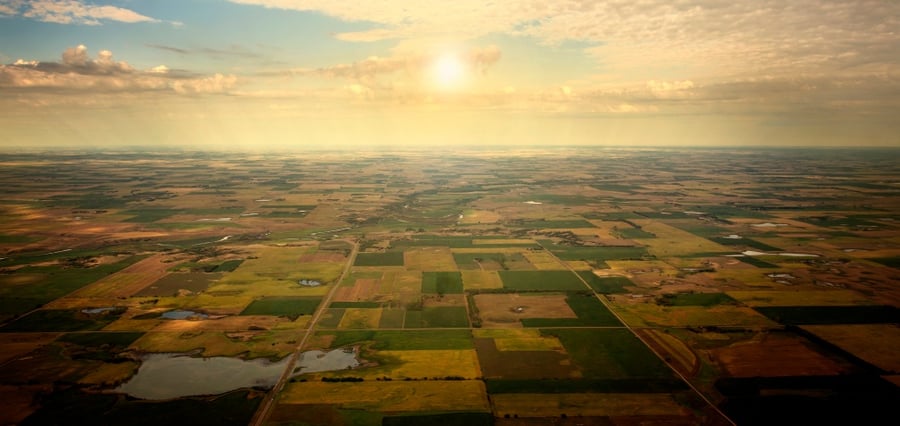 Estimated Reading Time: 5 minutes
Estimated Reading Time: 5 minutes
In my previous blog on redefining development in Niagara with green growth initiatives, I explored the need sustainable development throughout the Niagara Region. The blog also provided a list of the sustainable developments built throughout the region over the past decade.
With that blog in mind, today I explore the possibility of rezoning land on the premise of sustainable development. Several municipalities in Niagara, for example, St. Catharines, are nearing capacity on available land for future development, specifically for residential or commercial purposes. With the inevitable future growth throughout our Region, an interesting question would be whether it is viable to rezone agricultural land in exchange for environmentally friendly development.
The Greenbelt Plan
In 2005, the province of Ontario enacted the Greenbelt Plan under the Greenbelt Act, this specific piece of legislation protects over 2 million acres of agricultural land and water land throughout the province. This year the province has begun a 10-year review on the Greenbelt Plan collaborating with the Growth Plan for the Greater Golden Horseshoe, Niagara Escarpment Plan and the Oak Ridges Moraine Conservation Plan. This growth plan could effect future land uses in Greenbelt designated municipalities.
The Niagara Region
As the Niagara Region grows in numbers, the need for more residential, commercial and industrial land increases. The growth is welcome, however it needs to be carefully planned and managed in order to sustain the demand as well as preserve the environment (under the Greenbelt Act) and quality of life for Niagara residents. Rezoning of smaller pieces of farmland has entered into growth discussions in the region.
These smaller pieces of land within Niagara have become unviable for several environmental reasons. Plots of land such as those belonging to the Kowalik family look to become become an exception to the Greenbelt. This particular family farm is located in northwest St. Catharines near Martindale Road/QEW off-ramp. The province created the QEW/406 overpass and on/off-ramps through expropriation of the original farmland the family owned. Unfortunately, the land the family was left with encroaches the highway and is unable to yield a crop due to the high level of salt distribution during the winter months. The past 10 years of attempting to maintain a viable profit from the land has resulted in the City of St. Catharines agreeing to rezone the land for the family to operate golf driving range, which is reviewed for zoning renewal by the City every 3 years.
LEED-certified and BOMA-Best certification
Rezoning smaller unusable agricultural land in exchange for sustainable urban development could add value to the community. By imposing a restriction to LEED-certified new construction or BOMA-Best certified renovations to existing buildings could be solid move toward smart and green growth in the Niagara Region. Possible uses for the land could range from other agricultural supported businesses such as farmer’s markets, canning factories, winery buildings or greenhouse operations. Other useful land possibilities could be a park, conservation area, community hall or conference centre. The main stipulation would be to preserve the existing agricultural landscape, while providing added value to the community.
Connect with a Niagara real estate appraiser today to discover the investment opportunities in Niagara.




